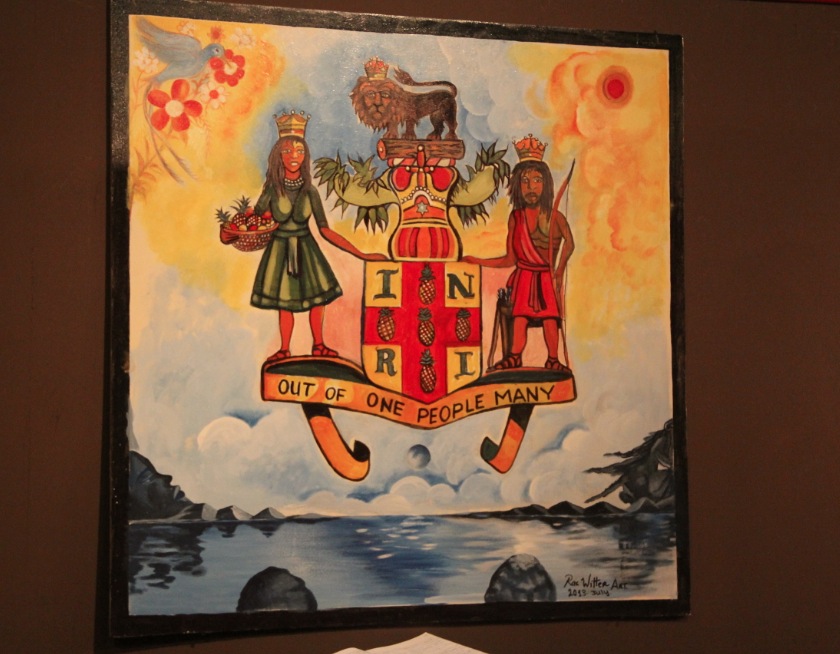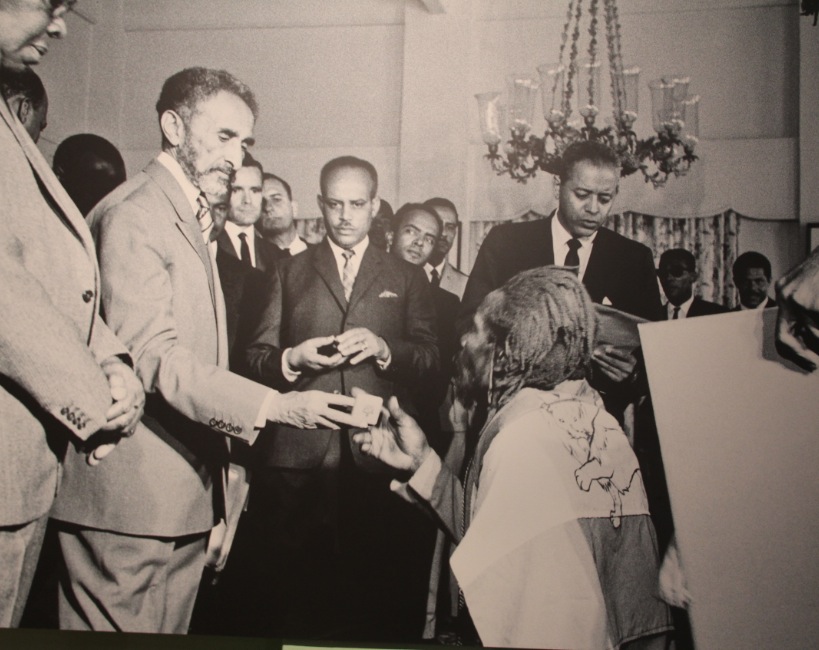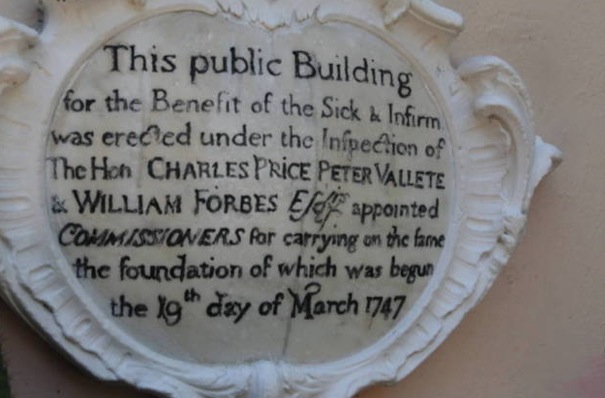The Labor Day weekend means one thing to New York’s West Indian American community: the West Indian American Carnival! Now in its 46th year, the Carnival bills itself as the greatest carnival in North America. It is perhaps New York’s largest cultural festival.
The celebration of carnival began in the 1920s as a private event among the West Indian communities in Harlem. It became an official event in 1947, when a Trinidadian woman received a permit from the city to organize a street festival on Labor Day. In 1964, the city revoked the permit because of a disturbance at one event.
The festival resumed in 1969, in a new location – Brooklyn’s Eastern Parkway – perhaps following the migration of West Indians from Harlem. It also had an organizing committee, the West Indian American Day Carnival Association, which, under the 32-year stewardship of Carlos Lezama grew into the signature event it is today.
The West Indian American Carnival, 2013
Each year, the carnival kicks off on Thursday with a music festival, featuring some of the region’s popular entertainers. On Friday, there’s a Youth Fest and a Brass Fest; and a Junior Carnival Parade and Panorama Steelband Competition on Saturday. Fat Sunday (Dimanche Gras) features the winner of the steelband competition as well as the king and queen costume winners.

And on Labor Day Monday, the activities come to a grand finale with parade which attracts elected officials – the Brooklyn Borough President, Marty Markowitz, has been the grand master for the last several years – business leaders, members of the Caribbean diplomatic corps and between one and three million people. They line the Eastern Parkway parade route from Schenectady Avenue to Grand Army Plaza enjoying Caribbean food, the many floats, costumed bands, and the sounds of Soca, Reggae, Zouk, Kompa, Salsa and Calypso.

Like most West Indians, I look forward to carnival and have spent many a Labor Day on the Parkway. Had it not been for my not-totally-back-to-normal-ankle, I would have been there this year. The junior carnival was a good compromise as I’d never been and I was curious to see the youngsters do their thing. Yes, carnival is not only for the adults.

It was nearly 2 pm when I arrived at the Eastern Parkway/Brooklyn Museum station. As I exited the subway, I was surprised to see several parents and their costumed youngsters waiting to board. Was the carnival finished? I was relieved when one mom said her daughter had already performed and they were going home to rest. Outside the station, more people were sitting on benches near the museum’s entrance or milling around.
I followed the sound of soca music to the area behind the museum where the carnival was taking place. There were food vendors, face painters and people, lots of people, flags waving, flags tied on their wrists, or dressed in the colors of their respective flags. There was pride and excitement in the air.
There were only a few bleacher seats and they were already taken so I joined a group of people standing partially under the shade of a large tree. But I was so far back, I could hardly see the stage when the different camps danced and paraded before the judges, without raising myself on to my toes – something I could have done easily pre-accident. I was lucky to get a few photos. I’ll just have to get there earlier next time.
Linking up this week with Travel Photo Thursday, which Nancie at Budget Travelers Sandbox organizes.

































